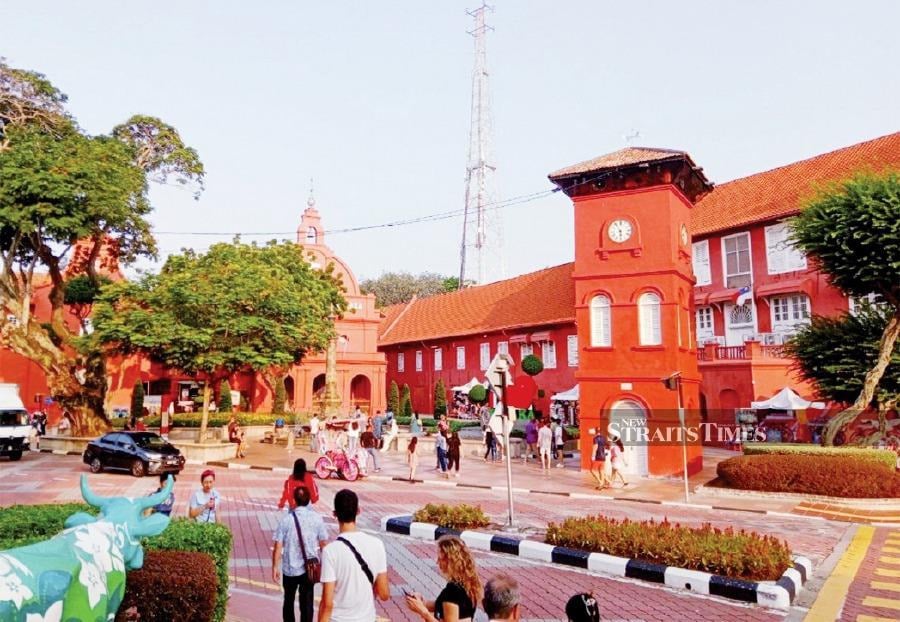LETTERS: Cities are a reflection of humanity's hierarchy of needs, especially as a majority of the world's population has been concentrated in urban areas since 2008.
Malaysia's urbanisation rate is projected to exceed 75 per cent this year.
Once urbanisation reaches its zenith and memories of village life fade into obscurity, cities will become the place of memory and identity for the millennial generation.
These memories will be of inner-city schools, law courts, palaces, places of worship, shophouses, museums, and the villas of the wealthy. Together, these older and newer buildings form the inventory of our urban built environment.
For a city made up of buildings from many eras of history, the stories can be quite compelling, from an ancient past to an interesting present to a hopeful future.
Cities like Istanbul with the Hagia Sophia, Paris with its Eiffel Tower, London with its Tower of London, and even New York with its gilded-age skyscrappers are good examples of major international cities whose success has come about not because the past has been preserved like a museum, or been erased by development, but because the past has scaffolded to the present.
This allows both to flourish in tandem, offering inspiration and hope for the future. Heritage conservation, when done well, is more about building a sustainable future than preserving the past.
In Malaysia, Melaka is synonymous with the Dutch Square around the Stadthuys building. In Penang, the Cheong Fatt Tze mansion has pride of place.
In both of these United Nations Education, Scientific and Cultural Organisation world-heritage cities, conservation has generally been a boon for the local economy, although balancing local residents' needs with tourism is a subject of ongoing discussion.
In Singapore, the redevelopment of the central district around the historic padang is focused on the conservation of the colonial-era Supreme Court and City Hall buildings, which are now both open to the public as museums.
In a globalised world where there are increasing opportunities to work from anywhere, cities whose built environment creates an interesting, exciting and fascinating sense of place will be more appealing to live in.
To retain talent, cities must offer residents alluring places to live, where museums, art galleries and streetscapes create a sense of belonging, even love.
There has never been a more important time to celebrate our architectural heritage.
Empowering the next generation to be guardians of our historical built environment, be it through formal teaching and learning, or professional development training, is not to serve the past for selfish or sentimental reasons, but rather to offer the young an opportunity to build a future that will be brighter, richer and more fulfilling than our present.
To summarise, heritage buildings and neighbourhoods are the anchor-places of identity for many cities.
DR KEITH TAN KAY HIN
Associate Professor
School of Architecture, Building and Design
Faculty of Innovation & Technology
Taylor's University
The views expressed in this article are the author's own and do not necessarily reflect those of the New Straits Times





